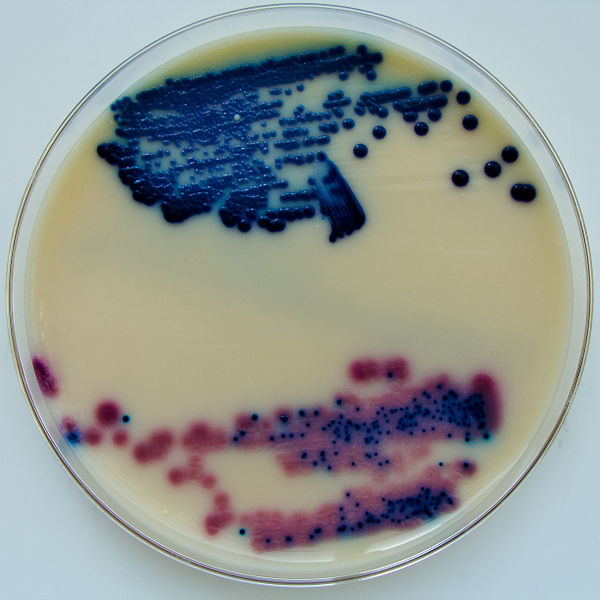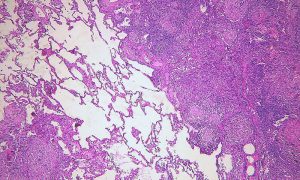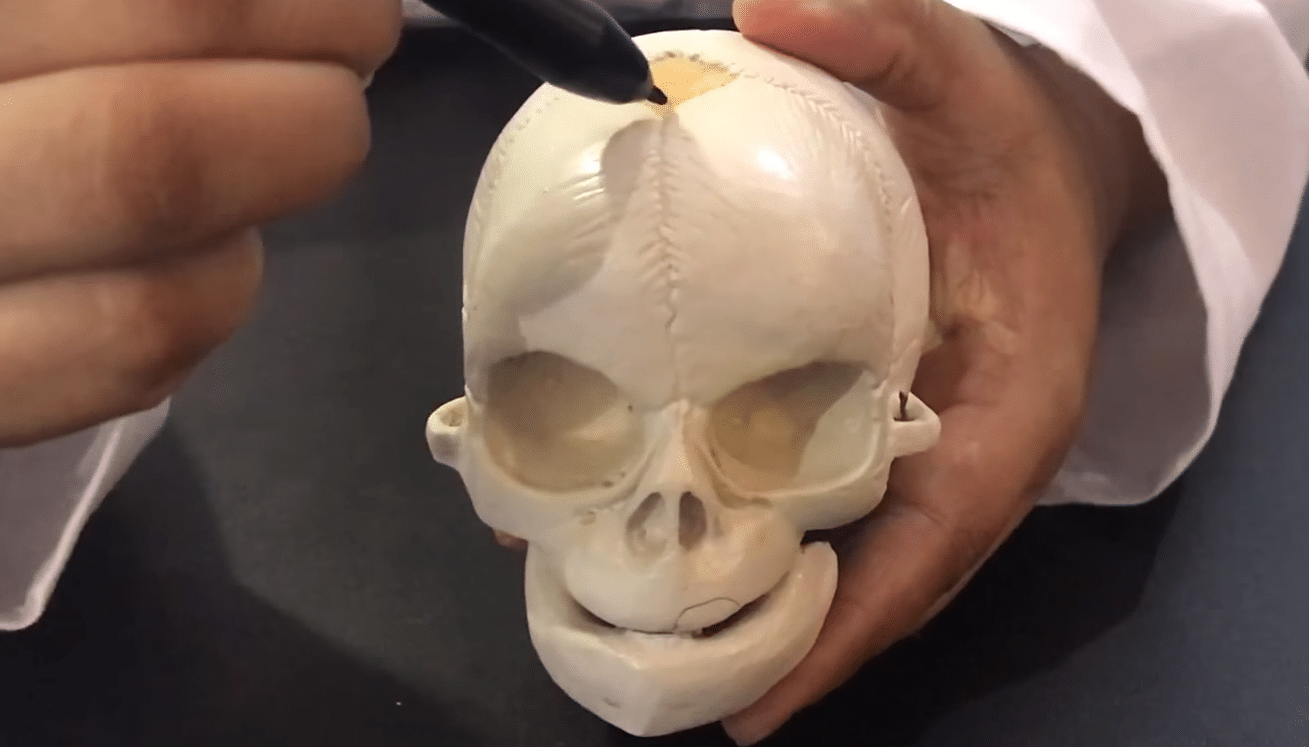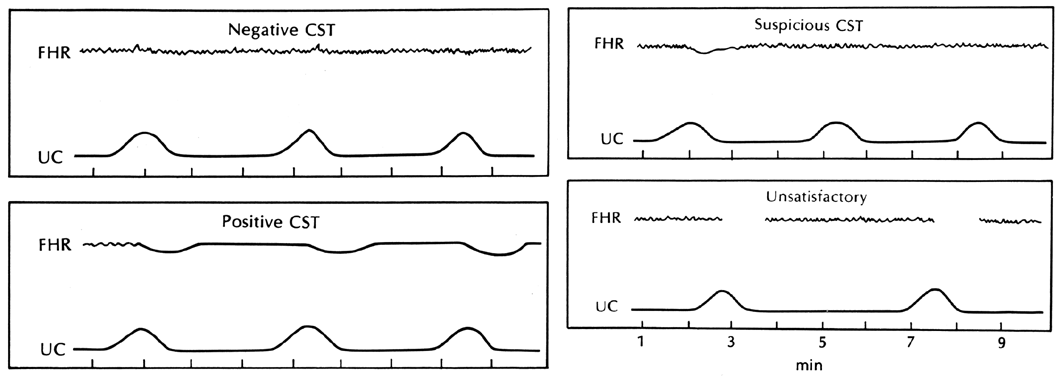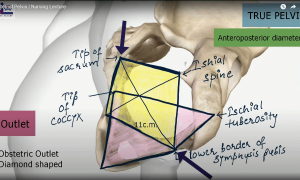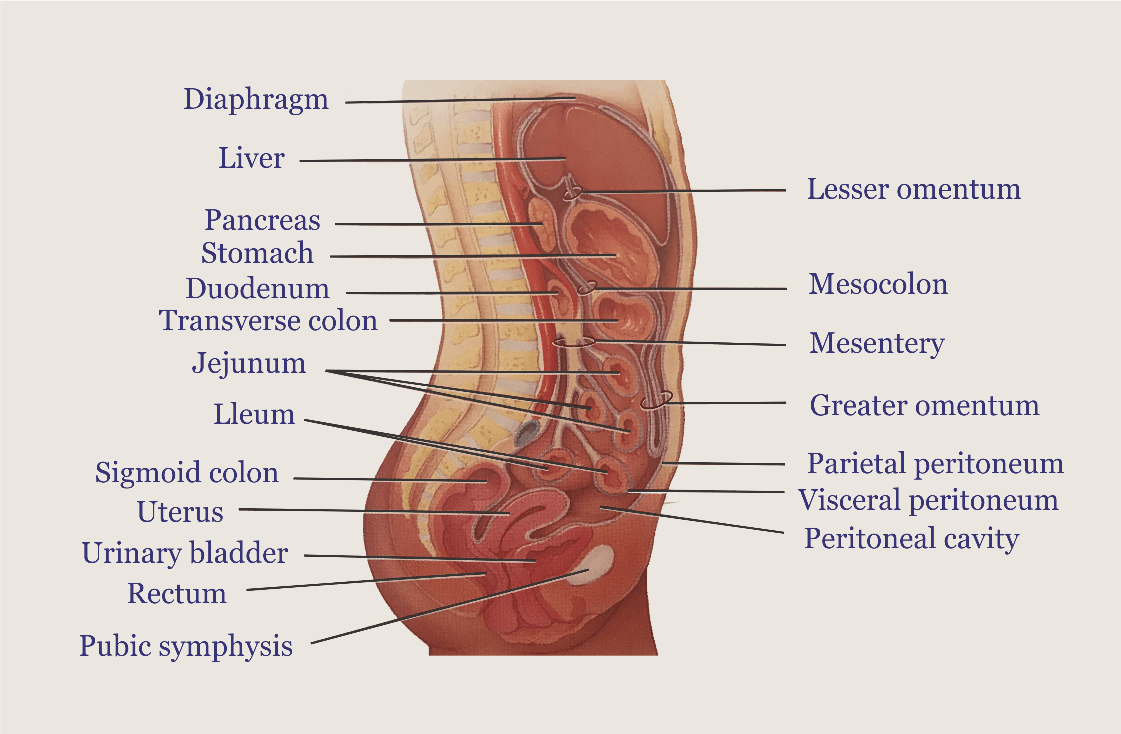PHAGOCYTOSIS
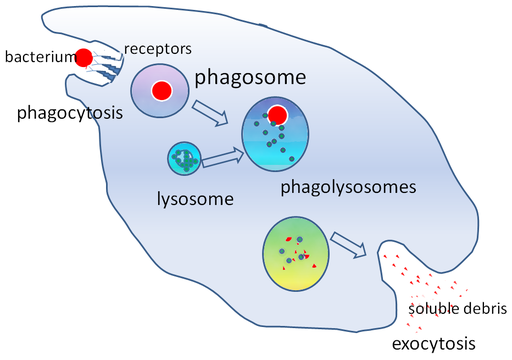
It is defined as the process of engulfment of solid particles by the cell, the cell performing this function is called as a phagocytic cell. There are two main types of phagocytic cells.
1) PMNs -It appears in acute inflammatory response also called as “microphages”.
2) Monocytes– It appears in chronic inflammatory response also called as “macrophages”.
These cells produce several proteolytic enzymes that are- proteolytic collagenases, elastases, lipase, etc. The microbe undergoes the process of phagocytosis involves three steps- a) Recognition and Attachment, b) Engulfment, c) Killing and Degradation.
A) Recognition and Attachment– Phagocytosis is initiated by expression of surface receptor on macrophages which recognize microorganism by mannose receptor or scavenger receptor. The process of phagocytosis progressed when the microorganism is coated with specific protein opsonin from the serum. Opsonin establishes a bond between bacteria and the cell membranes of a phagocytic cell. The main opsonin present in serum is IgG, C3b, lectin.
B) Engulfment- The opsonized particle bound to the surface of the phagocyte is ready to engulf. This is accomplished by the formation of cytoplasmic pseudopod around the particle due to activation of actin filament beneath the cell wall, enveloping it in a phagocytic vacuole, plasma membrane enclosing the particle breaks from the surface, so phagosome lies free into the cytoplasm. The phagosome fuse with lysosome and forms “phagolysosome”.
C) Killing and Degradation- The microorganism being killed by antibacterial substance and are degraded by a hydrolytic enzyme.

